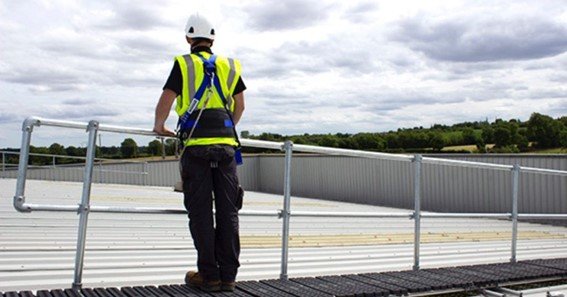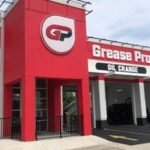When working on construction projects, ensuring safety on elevated structures is critical. Edge protection is one of the primary safety measures that can prevent falls and accidents on-site, especially when working at height.
However, with various types available, choosing the right edge protection requires careful thought. Here, we explore essential factors to help you make the best choice.
Understanding the Different Types of Edge Protection
If you want, you can find quality Edge Protection for sale online and offline. Edge protection systems vary based on the type of project and surface where they are installed. Typically, these include guardrails, brackets, and safety rail systems, each designed for specific needs:
- Guardrails are suitable for temporary setups and are commonly used on rooftops, platforms, and stairwells.
- Bracket-based systems are often utilized for more flexible applications, like timber or steel structures.
- Safety rails offer protection along the entire edge of a roof or platform, creating a barrier that can be adjusted or customized based on the building’s dimensions.
Compatibility with Your Project
Selecting the right edge protection depends on the nature of the surface and structure of your project. Certain systems are designed to accommodate different materials like timber, concrete, or steel, with specialized brackets and fittings:
- Timber and Concrete Applications: Some systems come with non-penetrating brackets suitable for delicate or finished surfaces.
- Steel Surfaces: For steel structures, brackets, and rail systems need to be compatible with steel beams or purlins.
Compliance with Safety Standards
For any construction site, meeting national and industry-specific safety standards is a non-negotiable requirement. The systems should comply with standards that govern temporary edge protection for working at height. Compliance ensures the equipment has passed rigorous testing and meets guidelines set by regulatory bodies.
Not only does this protect workers, but it also safeguards against potential legal issues that may arise if an accident occurs due to non-compliant equipment. Look for systems that have undergone thorough testing and adhere to these standards.
Installation and Ease of Use
Construction projects can be fast-paced, and the last thing you need is a complex installation process for edge protection. Many modern edge protection systems are designed for quick and easy installation, with features like:
- Tool-free setup: Systems that use snap-fit connectors or brackets that lock into place without specialized tools can save time.
- One-person assembly: Some guardrails are lightweight and can be assembled by one person, reducing labor costs and allowing for faster deployment.
Longevity and Maintenance
Since edge protection is often exposed to the elements, durability is a key factor. Consider materials that are resistant to corrosion and can withstand various weather conditions, especially if your project spans several months:
- Galvanized steel is highly durable and rust-resistant, making it suitable for long-term or outdoor projects.
- Aluminum offers a lightweight option but may not be as durable as steel, depending on the intensity of the job.
Cost Considerations
Pricing varies based on the type and complexity of the edge protection system. If you’re balancing cost with safety, consider that higher-quality systems, though more expensive initially, often provide long-term savings through durability and ease of maintenance. For a detailed breakdown, consider the following cost factors:
- Initial Investment: The upfront cost includes the equipment and any installation training or accessories needed.
- Maintenance and Repairs: Some systems may incur additional costs over time for repairs or replacements.
- Project-Specific Needs: Custom configurations or specialized brackets may increase the overall cost.
If you’re in a fix, you can find Edge Protection for sale online at an affordable price. It is crucial for maintaining a safe construction site and ensuring your project runs smoothly.
Always prioritize safety over convenience, and remember that investing in quality protection is an investment in the well-being of your team and the success of your project.
Learn more with this detailed article nike-phantom-gx-elite-fg-pink










